The lush nature in the city of Mashiko, in Tochigi Prefecture, was the home of the potter Shoji Hamada (1894–1978), a key figure of the Mingei “folk art” movement, and continues to be the home of many potters today. Where there are craftsmen, there are also dealers, and the doyen of Mashiko dealers is the legendary, celebrated Starnet.
At the time of its founding in 1998, Starnet was a rare lifestyle shop in Mashiko. It featured a café serving locally sourced organic food, clothes in naturally derived colors and fabrics such as vegetable dyed organic cotton, locally recorded ambient music, and an array of wares and handicrafts originating in Mashiko. To the amazement of the residents, Starnet became a destination for flocks of visitors from outside the prefecture.
Word about the sensational Starnet also reached Toru Nihei, who had left Mashiko some time ago, at the age of 18, and was making his own living working at a record shop in Tokyo. Nihei is currently the owner of Pejite and Nihei Vintage Furniture Store.
“Starnet was a new type of attraction in Mashiko at the time, but there were already other cafés in the northern Kanto region that attracted visitors from outside their respective prefectures. That made me realize that whatever I decided to do in life, it wouldn’t matter too much where I did it.”

Later, when circumstances compelled Nihei to return to his home city, he resolved to learn from and emulate the lifestyles of local pioneers like Starnet founder Koshi Baba. Nihei took one job after another, but nothing seemed to fit him. Then, the sign of a breakthrough came out of the blue.
In the early 1990, the widespread use of the internet gave rise to online auctions, and Nihei witnessed pieces of vintage furniture sell for prices tens of times higher than the starting amount. He saw a ray of hope—this might be a chance for him to make a living from his passion.
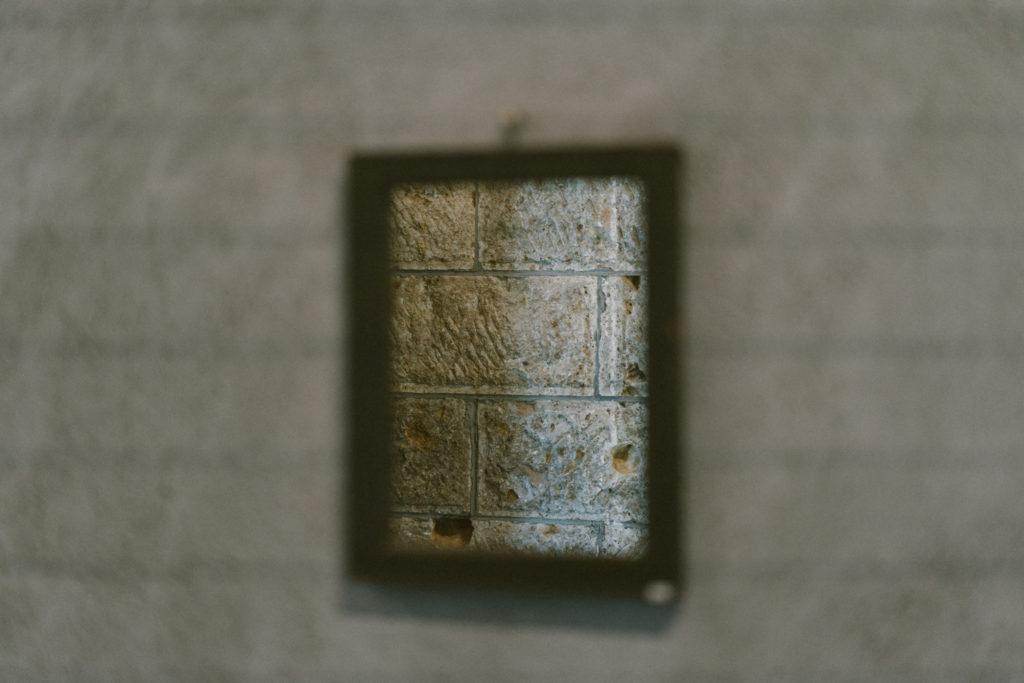
Nihei’s relationship with vintage furniture, and with old and disused objects in general, ran deep. Secondhand articles had been a natural part of everyday life—they were even playthings—for as long as he could remember.
“I was born into and raised by a family that you wouldn’t exactly call wealthy. Throughout my childhood, I could never ask my parents for a toy. Even as a child, I sensed it would be selfish to have something bought just for me. Probably because of this, I learned to scavenge. I once picked up a pair of bicycle handlebars from a pile of bulky waste, and proudly showed off and played with my prize. I also collected cool stones. I liked to seek out the value in ordinary discarded objects. Apparently, I’m still the same, only older.”
Secondhand articles remain a natural part of everyday life in Nihei’s home today. None of the items are weathered or remain in the same condition as when they were thrown out, though. Some have had their value rediscovered and new life breathed into them. Others have been maintained and given proper roles in the Nihei home. Last year, Nihei became a doting father to his son and the apple of his eye, Amane, whose crib and bed are also secondhand.
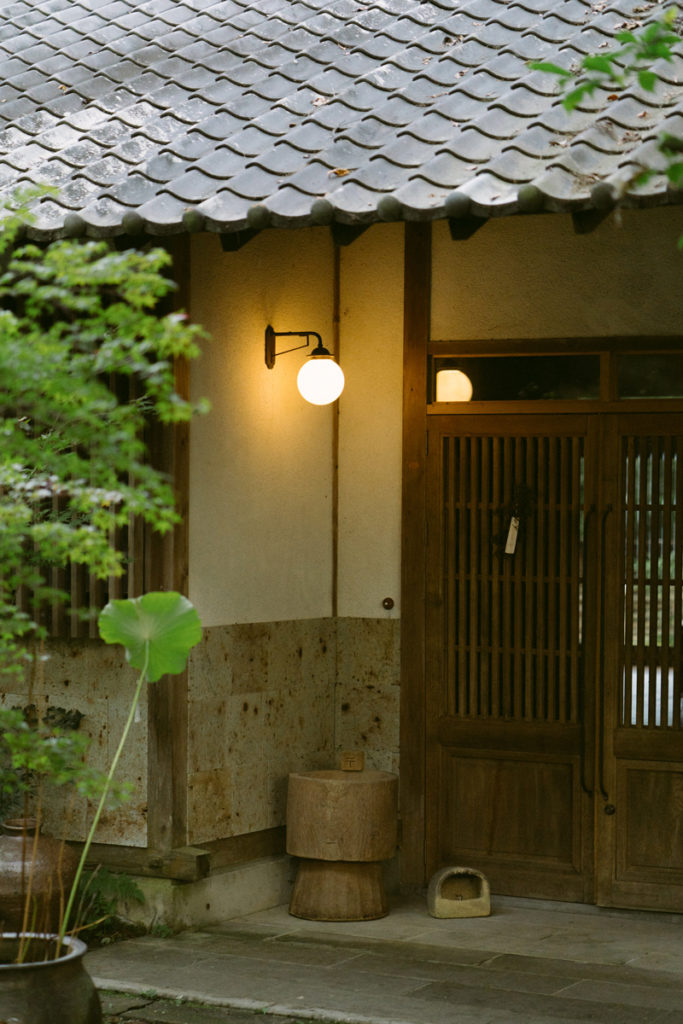
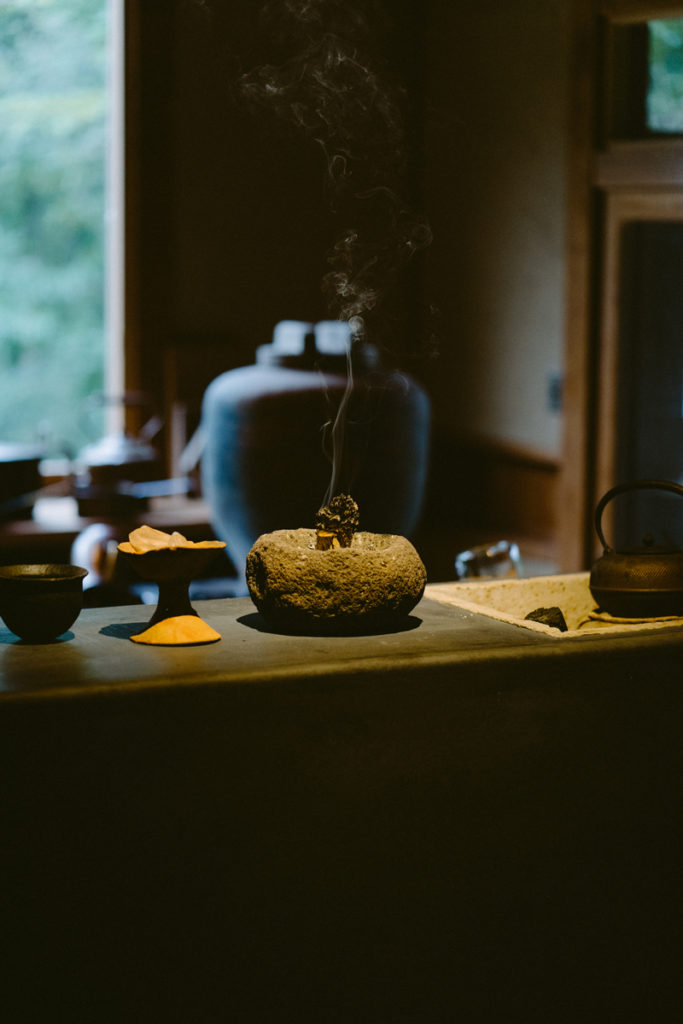
“I love the quiet and calm of old Japanese furniture, but the word ‘love’ isn’t enough to express how I feel. Take for example the early Showa [1926–89] chair that I’m using in the living room now. The decorations can only be made by a craftsman with both skill and aesthetic sense, and that kind of expertise would be difficult to acquire today. You can just feel the quality of the material and the excellent work of the traditional craftsman. If the same item were made from scratch now, it would cost a fortune. The beauty of vintage is that it’s within reach of ordinary people like us.”
Pieces that aren’t the work of proper craftsmen, that might have been made by amateurs, have a certain charm too. As Nihei puts it, he feels a beauty within the cheap construction. Old objects embody endless elements of beauty that can’t be described in clear, definite terms. Through a quiet smile, Nihei says he loves all of those charms.
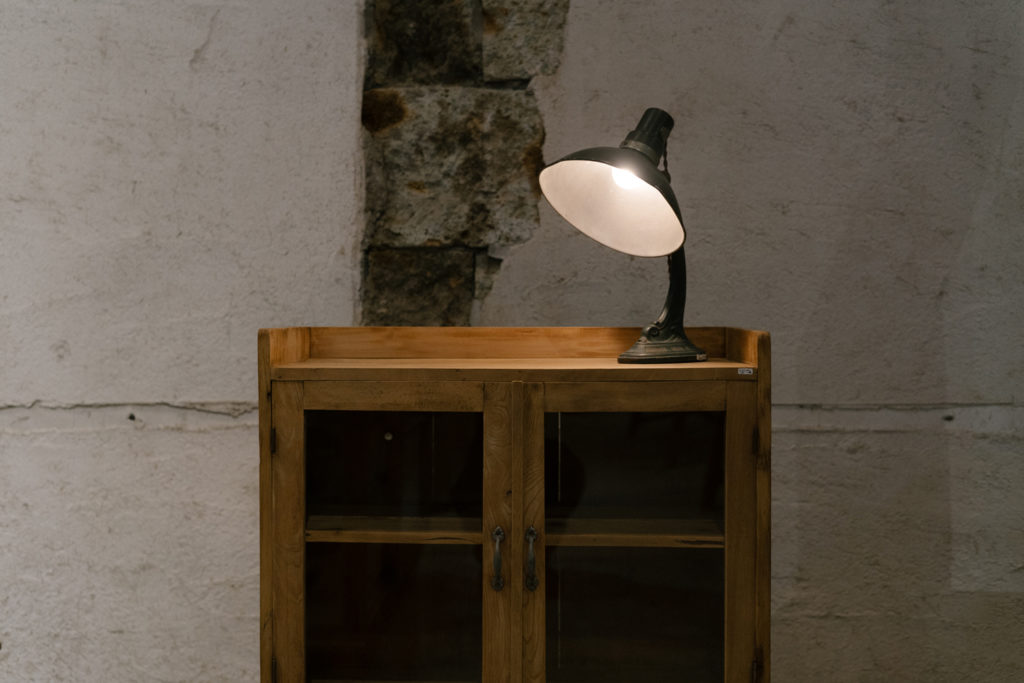
“Sometimes a customer comes in and says this [vintage furniture] is nice, but wouldn’t just one piece look out of place? Shouldn’t the whole house be coordinated with vintage furniture?”
Nihei has a story that he’s ready to tell in response to such questions.
“In my twenties, when I lived in Tokyo, I bought an old stool for a couple of thousand yen at a secondhand shop and brought it back to the shabby apartment I lived in at the time. The moment I set the stool down in my home, it felt right, as if—again, this is hard to describe in words—as if the object gave off a vibe that created a flowing, or swinging, current of air. Don’t let the terms ‘antique’ and ‘vintage’ make you nervous. Just place an ordinary old object in your home and enjoy its aura. I’d like more people to relax and have fun with secondhand articles.”
This anecdote recounts the crucial moment that Nihei decided he wanted to work in the world of vintage furniture, and yet, he adds in his usual carefree way of speaking, he doesn’t remember what he did with that stool.
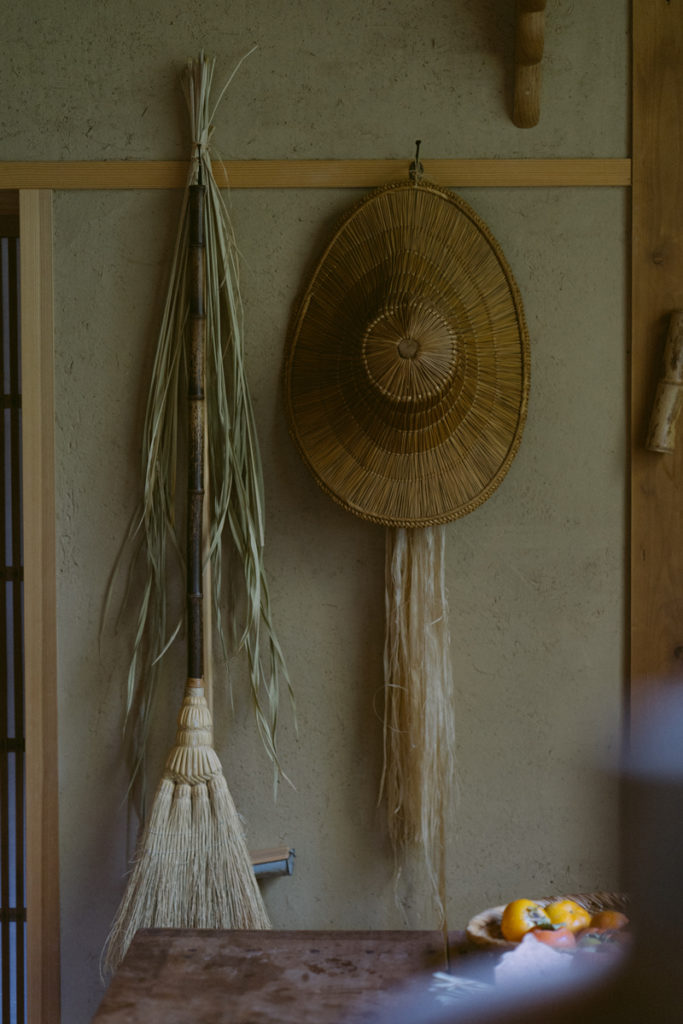

Cleaning, restoring, maintaining—I observe that vintage furniture involves quite a lot of work. Nihei’s response this time is clear, and at the same time, gentle:
“That’s love—the tender loving care that I give to secondhand articles. My hope is that it will draw out the quality of the material and help the piece continue to serve its purpose. It’s like getting a blocked body of water to flow again. The goal is to get someone to use the furniture, and when they’ve gotten their use out of it, to sell it to the next person.”
Nihei’s partner,Riho, laughs cheerfully and chimes in:
“Toru is funny. He isn’t all that enthusiastic about approaching people or making the first move, but he’s really hospitable and likes to make people happy. I like to just watch him and smile.”

Nihei showed up for this interview in a Ford Model A. Designed and introduced in 1927, it’s a direct descendant of the very first car produced by Ford Motor Company in 1903. There can’t be too many car lovers in the whole of Japan who actually drive it every day.
“Cool, don’t you think?” Nihei is a boy at heart, so proud and eager to show off his treasure. He is also well-versed in sound and solid teachings, having learned about secondhand articles from masters like the stylish bureaucrat and businessman Jiro Shirasu (1902–85), and about matters of taste from pioneers like Starnet founder Baba. Nihei himself jokes that he is sophomoric and rebellious. And he is built on the dilettante spirit he has nurtured since childhood. He is the well-balanced sum of all of the above.
“I would love vintage even if I didn’t make a penny from it. My love is unconditional. Not only that, but my passion also puts bread on the table and even makes people happy. I couldn’t be happier. That and I enjoy doing something different from others. I guess all guys like to be unique and not a follower. Maybe that has been a source of motivation for me all along, too.”
If you’re ever in Mashiko and you hear the heavy bass sound of a car engine, stop and look around. I promise you’ll see a happy, satisfied Nihei taking his classic car for a drive—with the cargo bed loaded with secondhand articles.
Nihei Vintage Furniture Store / Pejite
Toru Nihei runs two types of stores.
Nihei Vintage Furniture Store offers a range of affordable secondhand articles designed for ordinary use in everyday life. In addition to the main store in Mashiko, there is a branch store of the same name in the neighboring city of Mooka.
Pejite carries a selection of more modern, sophisticated restored furniture than Nihei Vintage Furniture Store, along with the works of artists mainly based in Mashiko, in the museum-inspired space of a warehouse renovated from a rice granary.











